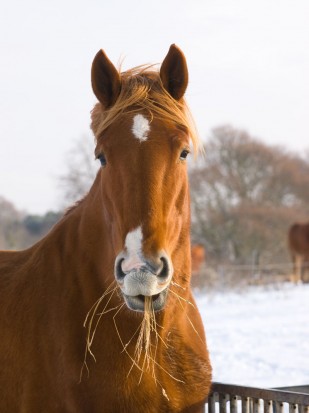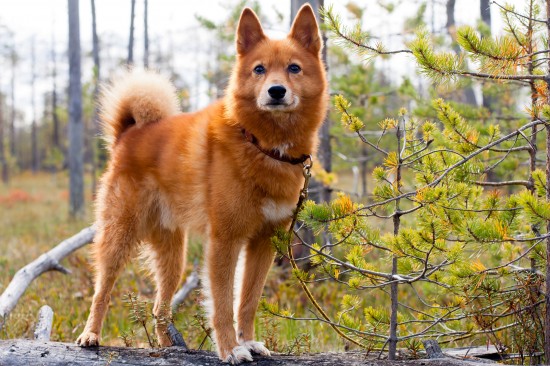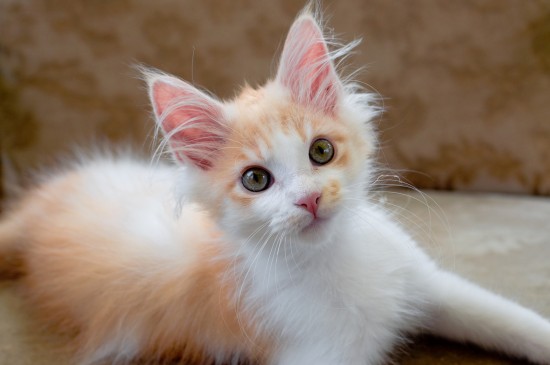
The first time I was introduced to a Zebra was by my artisan uncle. He showed me a wooden sculpture of a Zebra, beautifully painted with black and white stripes. I handled and examined the wood carving as he described it. Later, as I was herding my father's cattle during one of the school holidays, I saw the real Zebra and recognized it immediately. Yes, the black and white stripes are the trade mark of a Zebra. You will recognize it anytime, anywhere and at any age above three.
There are three species of a Zebra namely, Plains Zebra, Grevy's Zebra and the Mountain Zebra. All the three species occur in Africa. The Plains Zebra are the most plentiful and can be found virtually anywhere on the Kenyan plains and other parts of East Africa while the Grevy's Zebra are mostly found in Northern Kenya. In some parts of Kenya, these two species coexist. The Mountain Zebra have their habitat in Southern and Southwestern Africa. Zebras are herbivorous and can grow up to 900 lb (410kg) or more. Being social animal, they move in herds of different sizes.
While the black and white stripe pattern makes the Zebra spectacular, the amazing facts about the stripes go beyond the beauty. For years scientists have argued about why the zebra has distinctive black and white stripes. The theories rotate around Zebra Identity and Camouflage. This article discusses these amazing theories:
- Description: Whether the Zebra's stripes are white on a black background, as some people say, or vice versa is academic. I leave it at that.
- Identity: At first glance Zebras in a herd might all look alike, but their stripe patterns are as distinctive as fingerprints are in humans. There are, indeed, scientific methods that can identify individual Zebras by comparing patterns, stripe widths and colour. Further proof that Zebra stripes are identity marks is provided by their behavior. For example, on rare occasions when unstriped Zebras are born, they tend to be ignored by the rest of the herd, confirming at least, that Zebra stripes are a passport to Zebra society. Also, when a foal is born, the mother keeps all other Zebras away from it for two to three days, until it learns to recognize her by sight, voice and smell.
- Camouflage: The Zebra stripes are thought to act as camouflage in several ways:
- The vertical stripes of a Zebra will resemble tall grass, save for the colour-grass is neither black nor white. A colour blind predator, like a lion, may, therefore, not notice a Zebra standing still in tall grass. - The Zebra stripe pattern forms a discolouration that breaks up the body outline. A herd of Zebras close together may thus appear like one large animal. The advantage of all this to the Zebra is best appreciated when you consider that the main predator for the Zebra is the lion, which is colour blind. Now, in attack, the lion must first identify the target, usually a young, old or a weakened Zebra. The Lion's eyes must then lock on the target Zebra. Without this process, the lion which also heavily relies on stealth and ambush, will theoretically find it difficult to launch an effective attack before it is noticed.
About the author
Dr. Aggrey Marami has lived in close proximity with wild animals for years. Firstly as a small boy herding his father's cattle and goats and later as a regular visitor to the family ranch near the Kenyan Tsavo National Park. For more amazing facts about wild animals and culture visit:-
http://www.ammarami.com
 Pet Insurance – A Modern Phenomenon
Pet Insurance – A Modern Phenomenon
 Horse Tips On How To Winter Feed & Keep The Bills Down
Horse Tips On How To Winter Feed & Keep The Bills Down
 The History And Breeding Challenges Of The Uncommon Snowshoe Cat
The History And Breeding Challenges Of The Uncommon Snowshoe Cat
 Use Equine Ulcer Supplements To Save Your Horse From Colic Pain
Use Equine Ulcer Supplements To Save Your Horse From Colic Pain
 Chihuahua Dogs And Health Conditions
Chihuahua Dogs And Health Conditions
 Biotopes; Putting Your Fish Into A Natural Environment
Biotopes; Putting Your Fish Into A Natural Environment
 An Introduction To The Pinscher Dog Breeds
An Introduction T
An Introduction To The Pinscher Dog Breeds
An Introduction T
 Unwanted Pregnancies In Dogs - What You Should Do
Unwanted Pregnanc
Unwanted Pregnancies In Dogs - What You Should Do
Unwanted Pregnanc
 Is The Finnish Spitz Dog A Good Domestic Pet?
Is The Finnish Sp
Is The Finnish Spitz Dog A Good Domestic Pet?
Is The Finnish Sp
 Ten Tips For Finding A Good Canine Behaviourist
Ten Tips For Find
Ten Tips For Finding A Good Canine Behaviourist
Ten Tips For Find
 Eight Of The Best Cat Breeds For Families With Kids
Eight Of The Best
Eight Of The Best Cat Breeds For Families With Kids
Eight Of The Best
Copyright © 2005-2016 Pet Information All Rights Reserved
Contact us: www162date@outlook.com